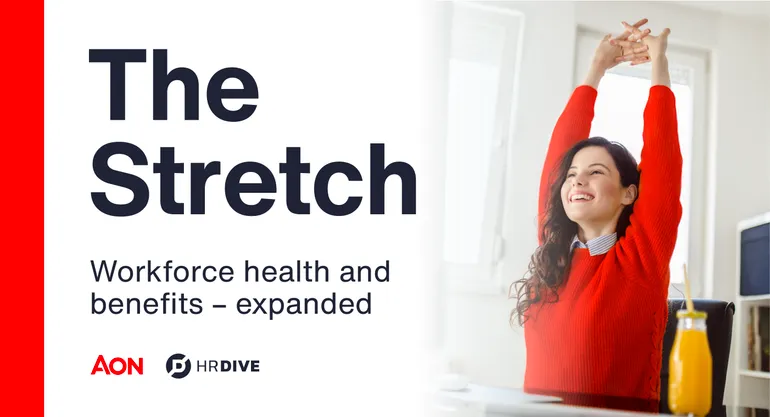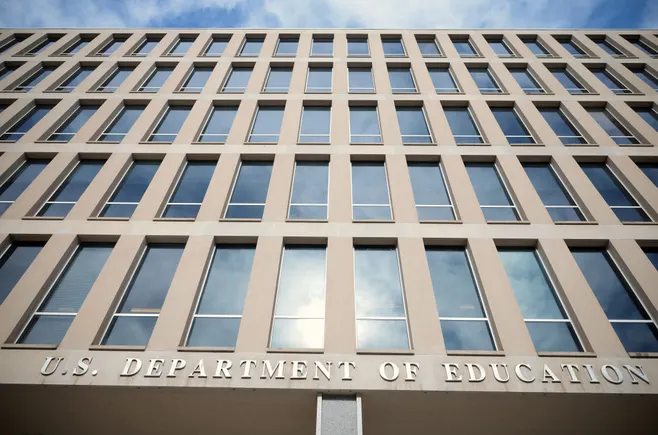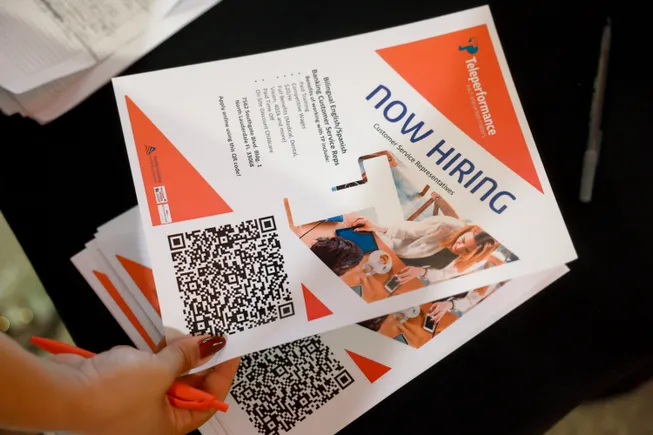• Published Feb. 20, 2025
Student loan debt significantly influences employee decisions to accept a job offer or stay with their current employer, according to a report from MissionSquare Research Institute.
A survey of 2,036 U.S. employees aged 18-49 revealed that 62% of private sector employees, and 56% public sector employees, consider their student loan debt before saying yes to a job offer. As for retention, only 34% of employees in the private sector with student loan debt, and 39% of employees in public sector, indicated they’re likely to stay with their employer, the report found.
On the other hand, employees with student loan debt “are more likely to pursue professional development goals, particularly those that lead to new skills, supervisor/managerial roles, additional education or certifications, and increased responsibility,” MissionSquare noted.
As of early last year, student loan debt totaled $1.6 trillion, with the average debt load among all borrowers nearly $38,000, Mary Moreland, Abbott’s HR executive vice president, pointed out in an op-ed for HR Dive.
Studies consistently document the toll student loan debt takes on employees. For example, more than 90% of borrowers between 18 and 39 reported that it affected their physical and mental well-being, according to a survey Abbott conducted with Morning Consult, Moreland said.
MissionSquare’s findings echoed this concern. Employees with student debt perceive the debt as a barrier to career advancement and are more likely to experience low morale, according to its report.
But the findings also revealed that employees with student loan debt may be more motivated to pursue professional development to enhance their income potential, the report said.
This suggests employers may benefit from subsidizing or absorbing the cost of helping with skills development, such as by adjusting compensation based on enhanced abilities, productivity and responsibilities, MissionSquare noted.
In a 2023 report, ADP Research Institute recommended employers offer financial education. Resources that help with budgeting, debt management and the basics on credit and interest may alleviate employee stress related to student loans, ADPRI’s research director wrote in a post about the report.
The Secure 2.0 Act, which aims to address shortfalls in employee retirement savings, offers another option — employer contributions to help with student loan debt.
Last year, the IRS detailed steps employers must take when contributing student loan payment matches to employee defined contribution plans for plan years beginning in 2025.
At Abbott, for example, 401(k) eligible employees who apply a percentage of their salary toward student loans receive an annual employer contribution to their 401(k) — regardless of whether they contribute themselves, Moreland explained.
Those who participate are 19% more likely to stay with Abbott, and some 54% young adults with student loans have said such a benefit would be a key factor when considering competing job offers, Moreland pointed out.
Given the uncertainty surrounding how President Donald Trump’s administration will handle student loan debt, employer support may become even more critical.
Trump has pushed to abolish the U.S. Department of Education, which oversees the government’s student loan portfolio through its Office of Federal Student Aid.
Supporters of dismantling the Education Department suggest moving the office to the Treasury Department, where it would continue its regular duties, including managing the repayment process, ABC News reported last week.
But detractors warn the system is “messy” and no transition has ever gone well, much less in a first-time attempt to move the entire portfolio, the report noted.
Additionally, a proposal by House Republicans, the College Cost Reduction Act (H.R. 6951), would limit access to federal student loans and increase student loan payments by almost $200, according to an analysis by The Institute for College Access and Success.
On Tuesday, the 8th U.S. Circuit Court of Appeals blocked the Education Department from administering former President Joe Biden’s student debt relief plan, Savings on a Valuable Education, designed to lower monthly payments for millions of borrowers and provide loan forgiveness for some, Reuters reported.
Article top image credit: Pekic via Getty Images





Leave a Reply